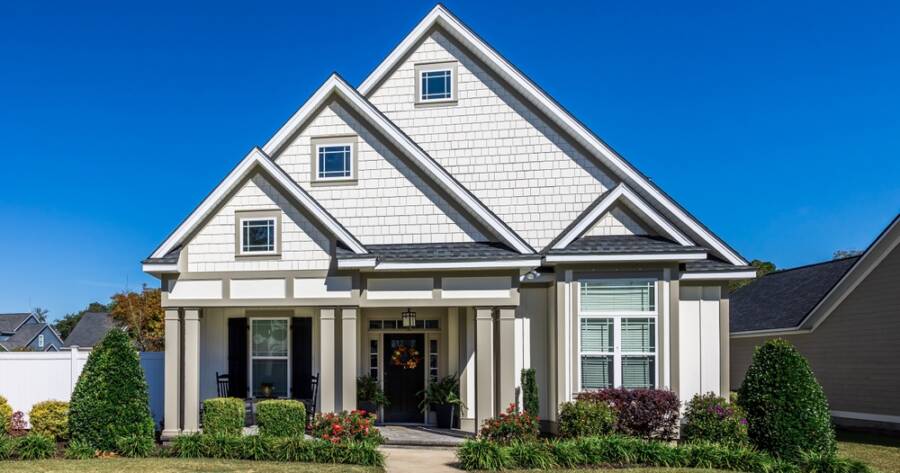In recent years, many U.S. homeowners have faced financial challenges due to rising living costs, unexpected expenses, and lingering economic impacts from the pandemic. To provide relief, various government-backed and state-specific programs have been introduced, offering substantial financial assistance to eligible homeowners. However, these programs often have deadlines, making it crucial for homeowners to act quickly to take full advantage of these opportunities.
Homeowner Assistance Fund (HAF)
The Homeowner Assistance Fund (HAF) was created under the American Rescue Plan Act, allocating nearly $10 billion to help homeowners impacted by the COVID-19 pandemic. The primary goal of this program is to prevent mortgage delinquencies, foreclosures, and utility shutoffs by providing financial assistance for:
- Mortgage payments
- Homeowner’s insurance
- Utility bills and energy services
- Other home-related costs
Federal Housing Administration (FHA) Loss Mitigation Options
The U.S. Department of Housing and Urban Development (HUD) has expanded its loss mitigation programs to help FHA-insured mortgage holders avoid foreclosure. Effective from February 2026, these updates provide more options for homeowners struggling to make mortgage payments.
Some key provisions include:
- Loan modifications to make monthly payments more affordable
- Temporary forbearance plans for those experiencing financial hardship
- Extended repayment options for homeowners recovering from economic difficulties
Homeowners with FHA-insured loans should reach out to their mortgage servicers to explore these options.
State-Specific Mortgage Relief Programs
Several states have launched their own mortgage relief programs to support homeowners in financial distress. A notable example was the California Mortgage Relief Program, which assisted thousands of homeowners during the pandemic. Although some state programs have ended, many still offer foreclosure prevention assistance and financial aid for mortgage payments.
Mortgage Assistance and Debt Relief Grants
Various financial aid programs exist to help homeowners struggling with mortgage payments. These include:
- Mortgage forbearance programs – Allow homeowners to temporarily pause or reduce mortgage payments.
- Debt consolidation loans – Help combine multiple debts into a single, more manageable payment.
- Refinancing options – Allow homeowners to adjust loan terms to reduce interest rates or monthly payments.
Consulting with a HUD-certified housing counselor can help homeowners determine the best course of action based on their financial situation.
When to Consider Debt Relief
Homeowners facing severe financial difficulties should consider debt relief solutions if they:
- Have high credit card debt in addition to mortgage payments
- Are considering using home equity to cover everyday expenses
- Are receiving frequent calls from debt collectors
Debt relief options, such as debt settlement or restructuring programs, can provide a structured path toward financial stability. Consulting with debt relief agencies or financial advisors can help homeowners make informed decisions.
How to Apply for Homeowner Debt Relief
To take advantage of these programs, homeowners should:
- Check eligibility – Review the criteria for each relief program to see if they qualify.
- Gather necessary documents – This may include proof of income, mortgage statements, and records of financial hardship.
- Apply as soon as possible – Many programs have limited funding, so early applications have a higher chance of approval.
- Seek professional guidance – Working with a housing counselor or financial expert can streamline the application process.
Act Now to Secure Financial Relief and Protect Your Home
Massive debt relief opportunities exist for U.S. homeowners struggling with financial burdens, but timing is key. By exploring federal, state, and private relief programs, homeowners can secure the assistance needed to maintain financial stability and prevent foreclosure. Acting swiftly and seeking professional advice can make all the difference in securing long-term financial security.

